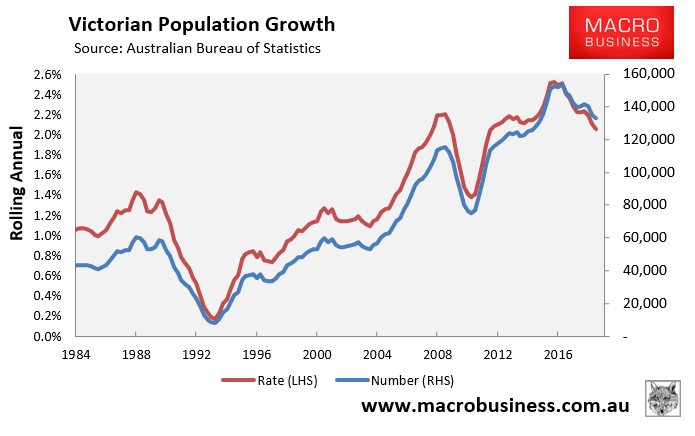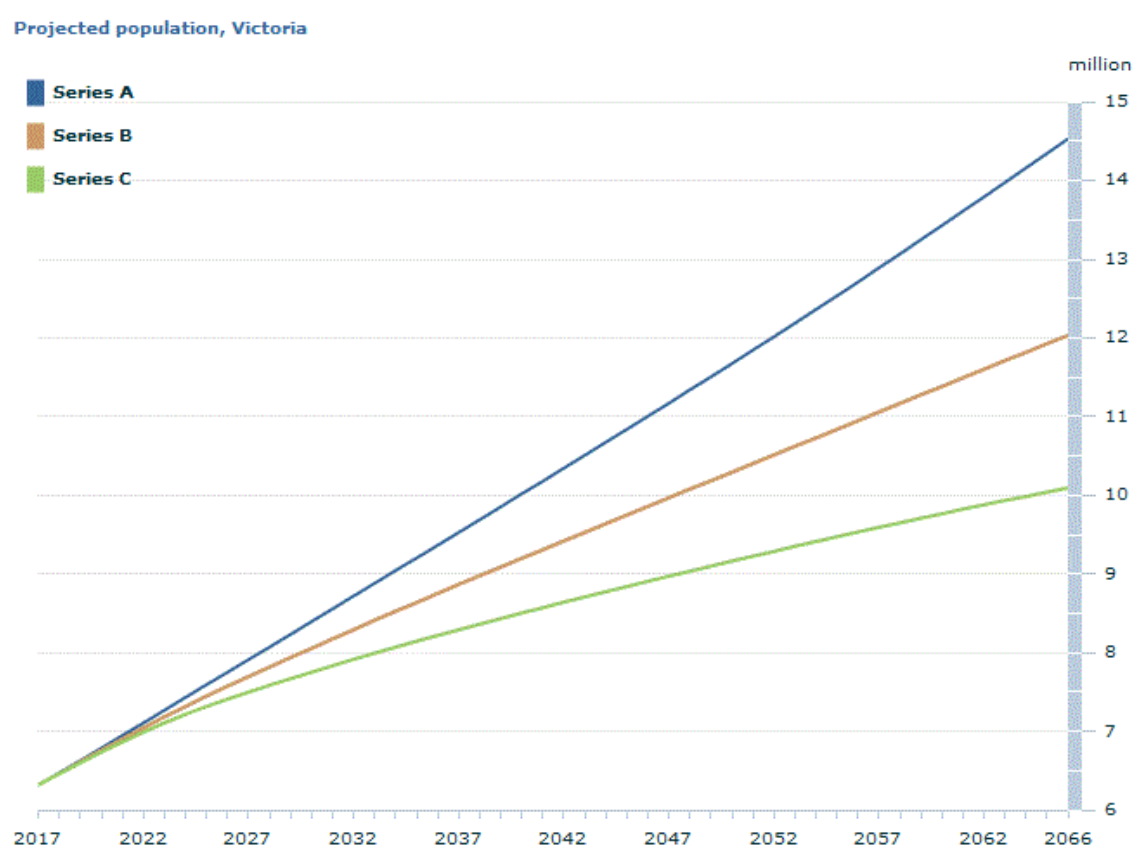Victorian Premier Daniel Andrews says it would not be appropriate to discuss potential changes to the state’s carbon emissions reduction policy until the bushfire crisis is over. An independent advice panel chaired by former federal MP Greg Combet has recommended that the government adopt more aggressive targets, including reducing emissions by 40% on 2005 levels by 2025 and 60% by 2030:
Former federal MP Greg Combet, who is the state government’s independent adviser on proposed new emissions cuts, has recommended up to 40 per cent reductions on 2005 levels by 2025 and 60 per cent reductions by 2030.
Mr Combet said the scale of the bushfire crisis was undeniably linked to the warmer and drier conditions caused by climate change, making even more pressing the need for tough targets…
The state government has confirmed it will comply with its obligations under its own Climate Change Act and impose emissions cuts targets of no less than 20 per cent by March 31.
But at a press conference in Orbost on Sunday, the Premier refused to say how he would lower the state’s emissions over the next decade…
Professor Will Steffen, a member of Australia’s Climate Council, said the need for tough targets to limit global warming to less than 2 degrees celsius was not a matter of ideology.
Let me state at the outset that I believe the threat from climate change is real and requires a global effort to lower greenhouse gas emissions.
Moreover, Australia should in principle support the Paris Agreement on emissions reduction if it expects other nations to do so.
However, how realistic is it to expect Victoria to meet its targets when its population is growing at an extreme pace of 130,000 people a year?

Victoria’s population is projected to double to 12 million people by 2066 under the ABS’ middle (panel b) projections:

Doubling Victoria’s population will obviously mean that per capita emissions will need to be halved just to tread water. Thus, making any significant overall reductions to Victoria’s emissions at the same time as the population swells is next to impossible.
Remember, around one quarter of Australia’s emissions come from the construction, operation and maintenance of buildings. Therefore, as Victoria’s population roughly doubles, so too will the number of buildings required to house the population, driving emission upwards.
In a similar vein, as Melbourne’s population doubles beyond a projected 10 million by 2066, an increasing proportion of the city’s water supply will also need to come from desalination, which is energy intensive.
While Australia’s emissions undoubtedly depend on many factors – including our energy use patterns, exports, and how we live – nobody can deny the fact that Australia’s mass immigration policy will make it next to impossible to meet our targets nor safeguard Australia’s environment.
Immigration-fuelled population growth is unambiguously threatening Australia’s ability to meet its Paris Agreement emissions targets, as well as placing undue strain on its fragile natural environment.

